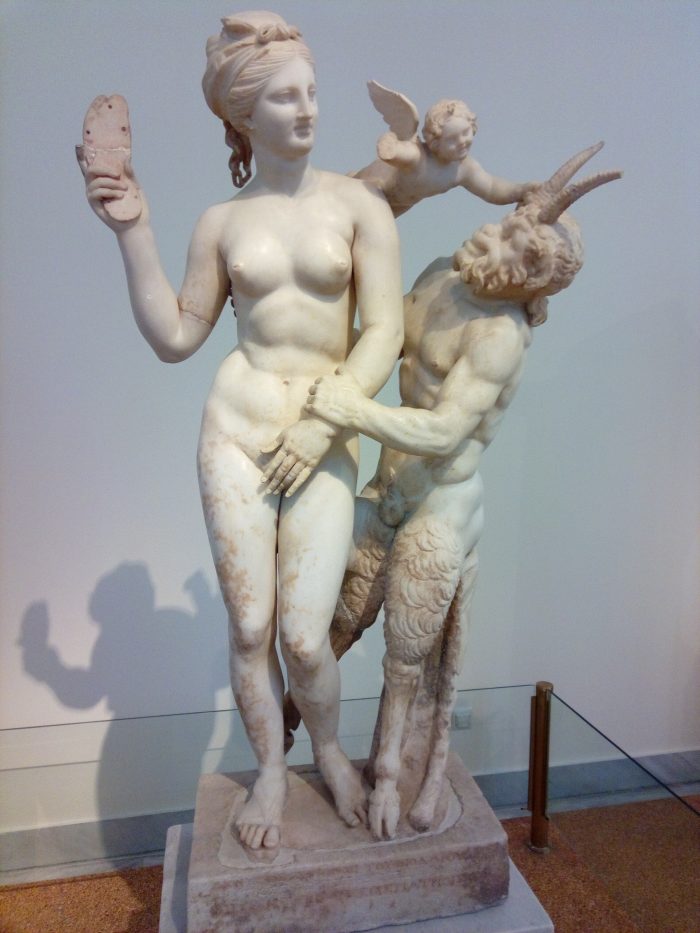Published in “Looking at Beauty to Kalon in Western Greece: Selected Essays from the 2018 Symposium on the Heritage of Western Greece”, Parnassos Press – Fonte Aretusa, 2019, pp. 219-228.
My paper aims to analyze the meaning of beautiful action in Aristotle’s ethics books. In fact, Aristotle treats the concept of to kalòn in different contexts of his work. In relation to the beauty of the physical and biological world, to the movement of the stars and the perfection of the unmoved mover and to the order of mathematical entities. We can say that in the physics, mathematics and metaphysics the beautiful is always present and in any case represents what is wonderful for the contemplation of man. But in the ethical discussion, how does Aristotle consider the beautiful? For the philosopher of Stagira, the beautiful actions are those that have no usefulness and are so uninterested (Nicomachean Ethics IX, 8). The action that has an end in itself is indeed the most beautiful and the noblest. It’s clear that for Aristotle then the beautiful and the good are not the same, they are not two overlapping concepts (Metaphysics XIII, 3). But since the simple terms “kalon” and “agathon” are used in various senses (pollakos legetai), it is necessary to analyze in what ways a good action is also beautiful and if it is always practicable. The passages contained in the books of ethics will help us in the task of delineating the characteristics of the beautiful actions. The relationship with virtuous actions is also fundamental for the understanding of to kalòn in ethics, as Aristotle says: virtuous actions are beautiful and tend to the beautiful (Nicomachean Ethics IV, 2).
